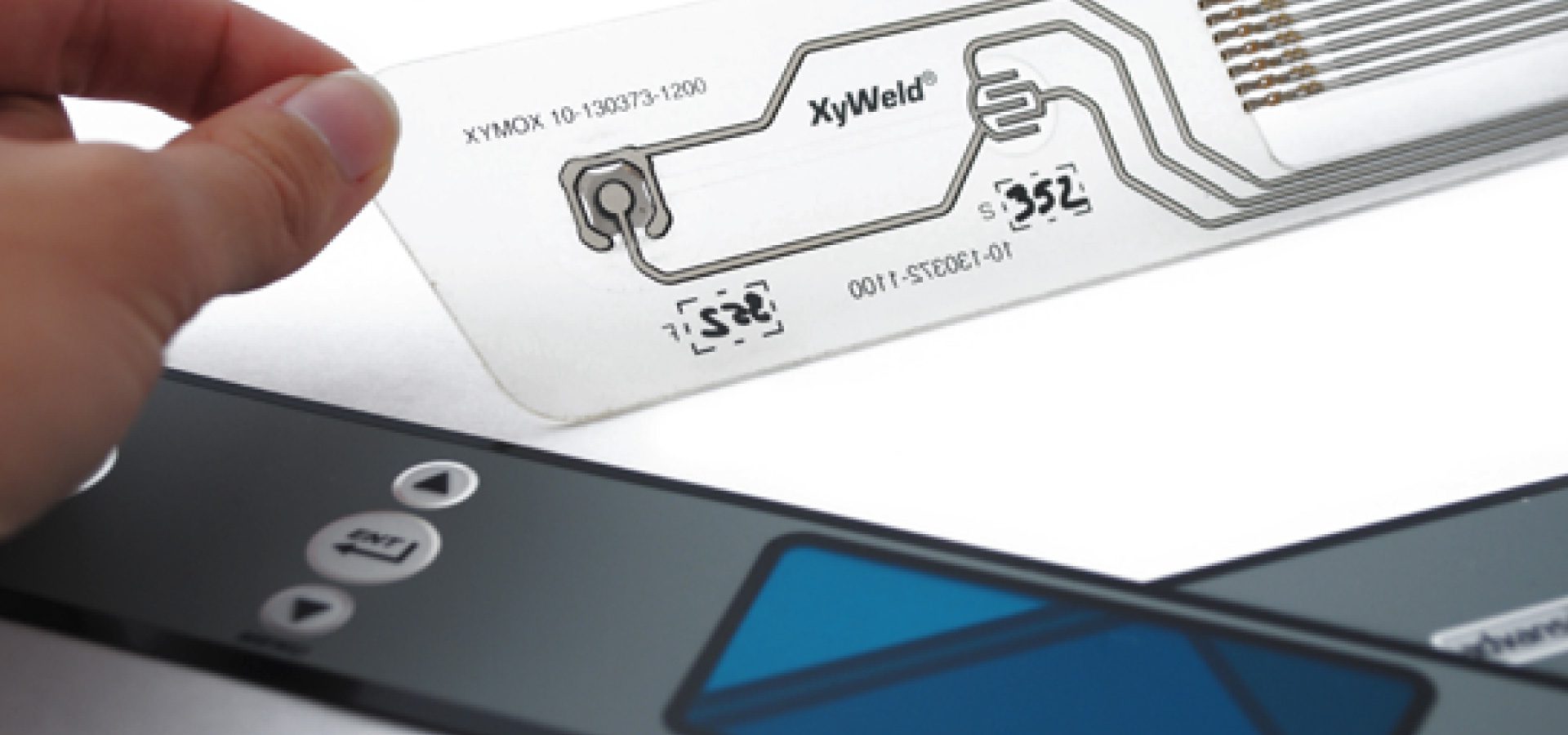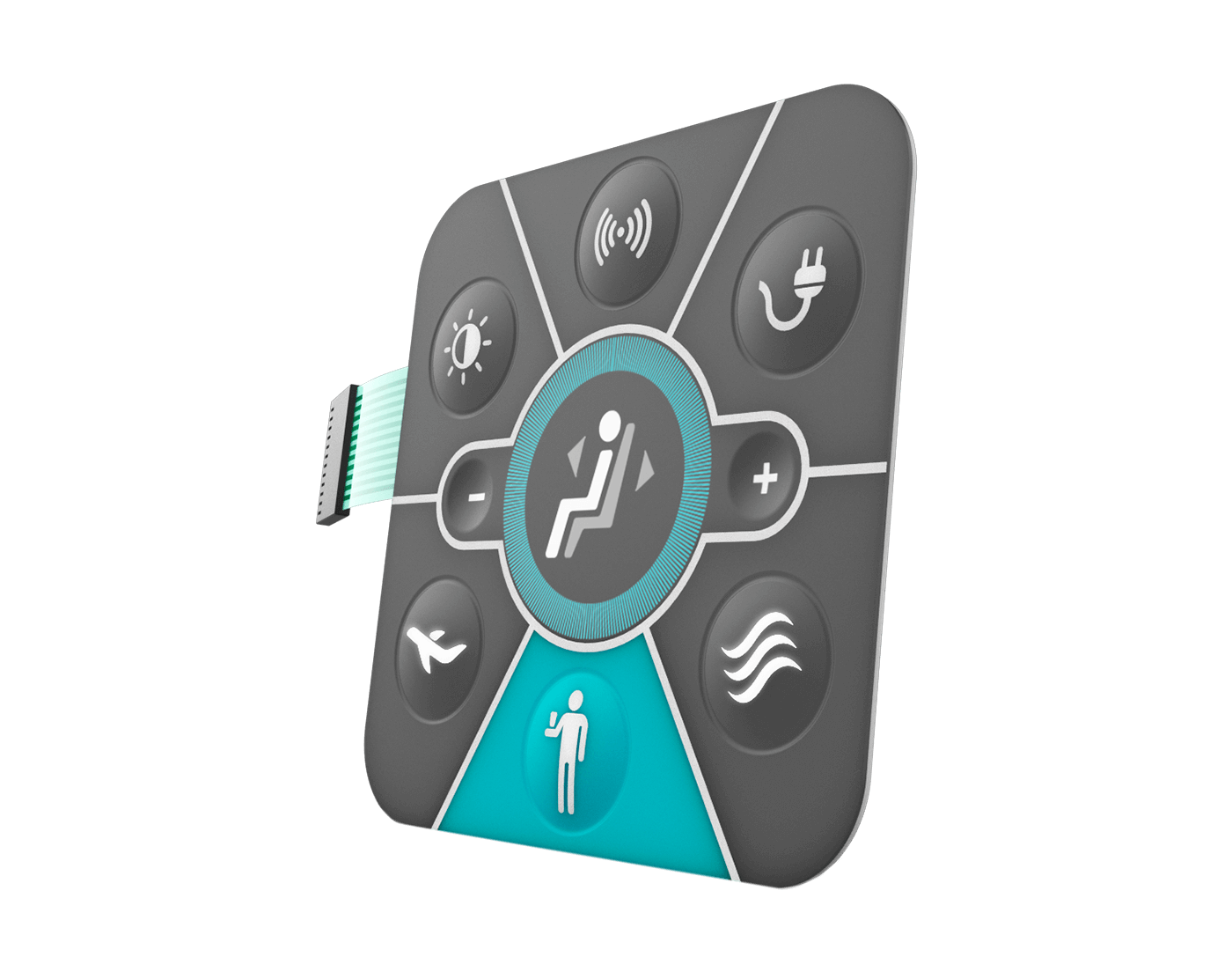Custom Membrane Switches for Specialized Applications: A Deep Dive
Custom Membrane Switches for Specialized Applications: A Deep Dive
Blog Article
Discover Exactly How Membrane Switches Feature and Their Duty in Modern Electronic Devices
Membrane Switches stand for an innovative integration of technology and layout within the world of modern-day electronics, functioning as important interfaces in many tools. Consisted of numerous layers, these switches utilize pressure-sensitive systems to help with individual communication. Their applications cover numerous industries, from consumer electronics to clinical tools, highlighting their adaptability and importance. Recognizing the intricacies of Membrane button performance and their wider implications in enhancing customer experience invites more expedition right into their design, advantages, and the innovative developments shaping their future in technology.
What Are Membrane Buttons?

Membrane switches are distinguished by their resilience and resistance to ecological aspects, such as dirt, dampness, and extreme temperatures. They can be customized with various graphics, colors, and responsive feedback options, enhancing user experience while keeping visual allure - membrane switches. The incorporation of printed circuits permits for smooth combination into devices, enhancing total capability.
The adaptability of Membrane switches appears in their ability to support both simple and complicated control features. They can include features such as LED indicators and touch-sensitive technology, satisfying particular individual requirements. As modern technology continues to develop, Membrane Switches stay vital for enabling intuitive and efficient interface, therefore playing a critical function in the improvement of modern-day digital gadgets.
Elements of Membrane Buttons
Membrane switches are made up of a number of vital components that function together to create a dependable and practical user interface. The key aspects include the visuals overlay, sticky layer, spacer layer, and conductive traces.
The graphic overlay functions as the interface, usually published on a versatile substratum such as polyester or polycarbonate. This layer not just offers aesthetic appeal however additionally consists of tactile comments, visual cues, and safety attributes. Underneath the visuals overlay lies the glue layer, which safeguards the switch to the gadget and ensures longevity versus ecological anxieties.
The spacer layer is essential for keeping the necessary space in between the graphic overlay and the circuit layer. This void enables the activation of the button when pressure is used. The conductive traces, normally made from silver or carbon, form the electric paths that finish the circuit when the button is involved.
Furthermore, a support layer might be included for structural assistance and insulation. These parts collaborate seamlessly, ensuring that Membrane switches are both user-friendly and resistant, making them indispensable in numerous modern-day electronic applications.
Exactly How Membrane Switches Work
How do Membrane Switches function effectively within digital gadgets? Membrane Switches run on the principles of pressure-sensitive modern technology, using a split construction that consists of visuals overlays, adhesive layers, and conductive elements.
The style of Membrane buttons is critical for their reliable procedure (membrane switches). The layers are meticulously engineered to offer responsive comments, longevity, and resistance to environmental elements such as moisture and dirt. The addition of domes-- small, increased locations within the switch-- improves tactile feedback, giving customers with a visible click sensation upon activation
In addition, Membrane switches can be tailored in regards to size, shape, and graphics, making them appropriate for different applications. They are often used in control panels, medical gadgets, and customer electronics as a result of their smooth design and integrity. In general, the efficient functioning of Membrane buttons is pivotal in boosting customer communication and ensuring smooth operation in modern electronic devices.

Applications in Modern Instruments
Utilizing their unique layout and performance, Membrane switches have actually become indispensable elements in a vast array of contemporary digital gadgets. These versatile directory user interfaces are employed in customer electronic devices, industrial devices, medical tools, and automotive controls, supplying seamless individual communication.
In consumer electronic devices, Membrane switches are commonly located in appliances like microwaves, washing machines, and other household tools, where they make it possible for intuitive control with a streamlined account. Their inconspicuous style helps with integration into portable tools, enhancing visual charm without endangering capability.
In commercial applications, Membrane Switches offer as control board for equipment, providing sturdiness and resistance to severe atmospheres. Their ability to hold up against moisture and contaminants makes them optimal for usage in manufacturing and processing industries.
Medical devices additionally take advantage of Membrane buttons, which are created to be easy to tidy and preserve, making sure hygiene in professional settings. They are usually utilized in diagnostic equipment, person monitoring systems, and mobile medical devices, where dependability is see here now critical.
Benefits of Membrane Buttons
Among the essential advantages of Membrane switches is their convenience, which permits them to be tailored for a range of applications throughout multiple industries. These switches can be created in numerous sizes and shapes, suiting unique item demands while giving seamless combination into tools. Their thin profile allows a streamlined and small style, commonly improving the aesthetic allure of electronic products.
An additional significant advantage is their resilience - membrane switches. Membrane buttons are normally resistant to dust, check moisture, and chemicals, making them suitable for extreme settings. This durability expands their lifespan contrasted to traditional mechanical buttons, reducing the requirement for constant replacements
In addition, Membrane Switches offer cost-effectiveness. The manufacturing process entails printing innovations that decrease production expenses, especially for large runs. This cost, combined with reduced upkeep requirements, makes them an eye-catching choice for producers.

Final Thought
In final thought, Membrane Switches stand for a substantial advancement in customer interface modern technology within modern-day electronics. As the demand for durable and instinctive user interfaces proceeds to expand, the function of Membrane switches in shaping individual experience will undoubtedly broaden.
Membrane Switches represent a sophisticated combination of innovation and layout within the realm of modern electronic devices, offering as essential interfaces in countless gadgets.In the realm of modern electronic devices, Membrane Switches serve as important parts that assist in user interaction with devices. As innovation proceeds to advance, Membrane Switches continue to be important for making it possible for instinctive and efficient individual interfaces, therefore playing a crucial role in the development of modern digital gadgets.
Just how do Membrane Switches feature efficiently within digital tools? On the whole, the efficient performance of Membrane buttons is pivotal in enhancing user communication and ensuring smooth procedure in modern-day digital tools.
Report this page